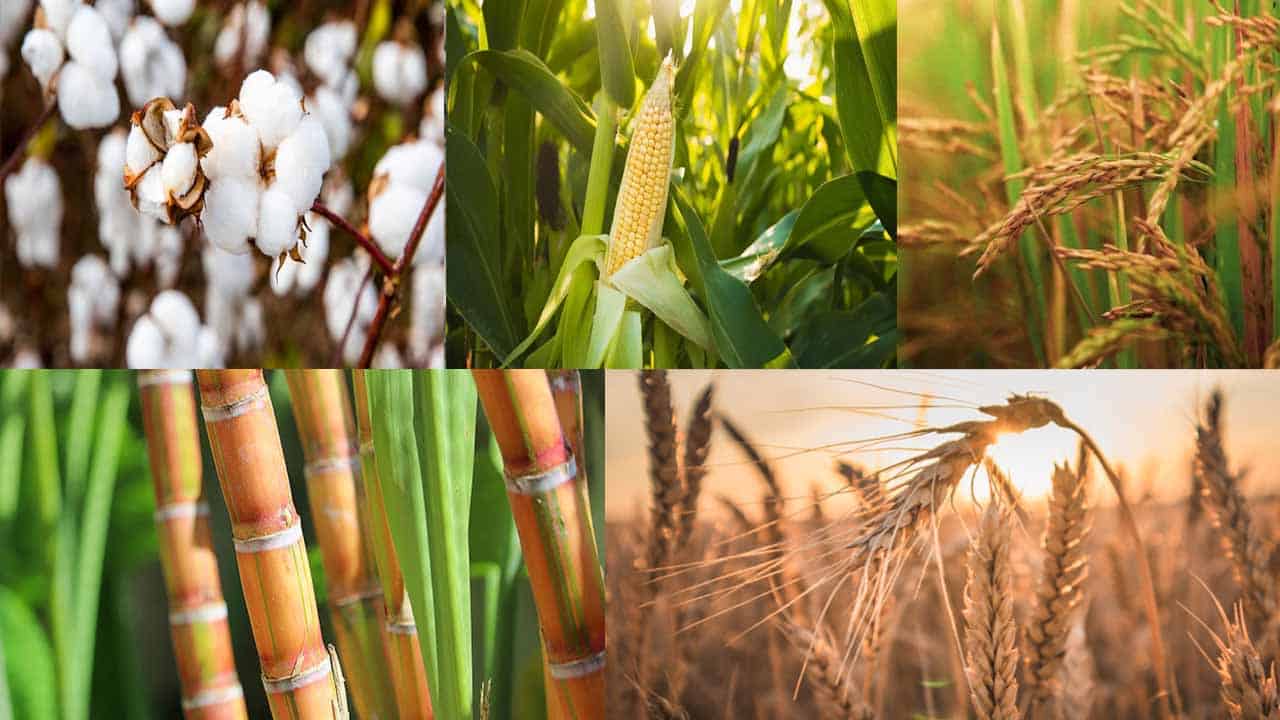Pakistan is an agricultural country and agriculture is considered the backbone of Pakistan’s economy. Pakistan’s principal natural resources are arable land and water. Agriculture accounts for about 18.9% of Pakistan’s GDP and employs about 42.3% of the labor force. The country’s major crops are:
- Wheat
- Cotton
- Rice
- Sugarcane
- Maize
About 25% of Pakistan’s total land area is under cultivation and is cropped multiple times. The country has 2% of the world’s arable land with 96% of it located in the Indus Plain. Pakistan is the world’s 10th largest producer of rice and 7th largest producer of wheat.
- 26.0 million tons of wheat (7th largest producer)
- 4.8 million tons of cotton (5th largest producer)
- 8.9 million tons of rice (10th largest producer)
- 46 million tons of sugarcane (5th largest global producer, behind Brazil, India, China & Thailand)
- 6.3 million tons of maize (20th largest producer)
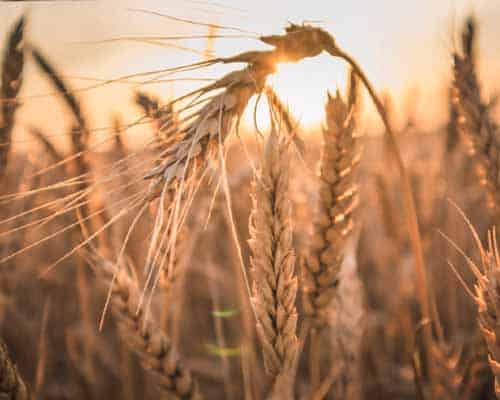
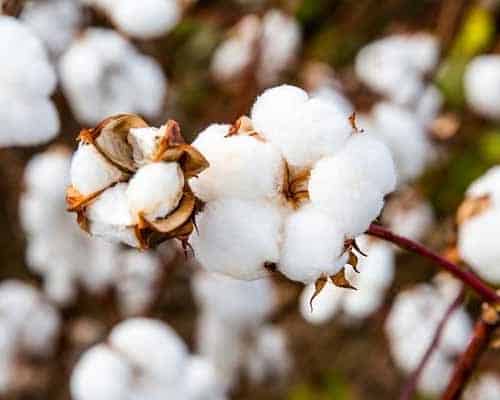
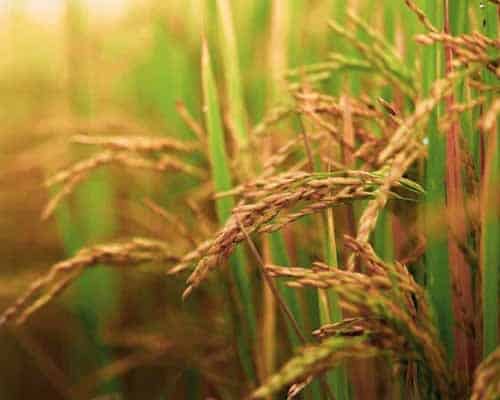
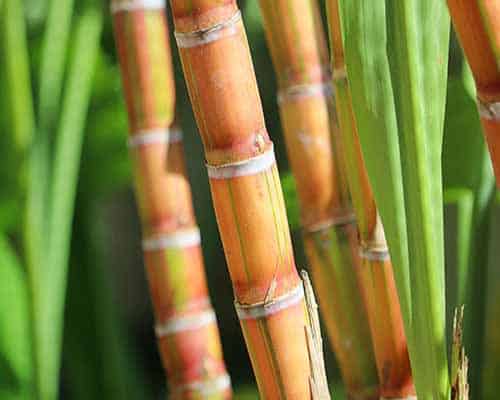
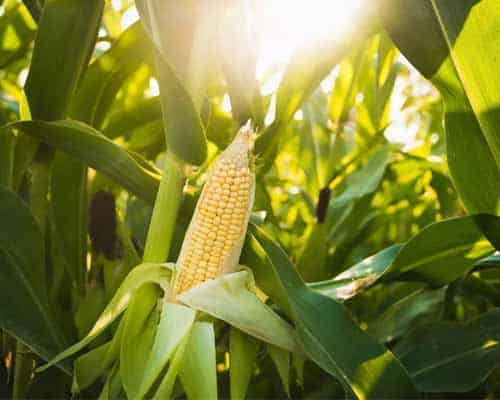
Wheat
Pakistan is the 7th largest producer of wheat in the world. In the last decade, Pakistan has made great strides in increasing its wheat production. As the main food grain and a staple in Pakistani diets, wheat plays a prominent role in the country. Wheat is grown across Pakistan, with the Punjab and Sindh provinces producing the highest yields. The alluvial deposits along the Indus River enhance the soil fertility in these provinces and promote the extensive cultivation of cereal crops, notably wheat.
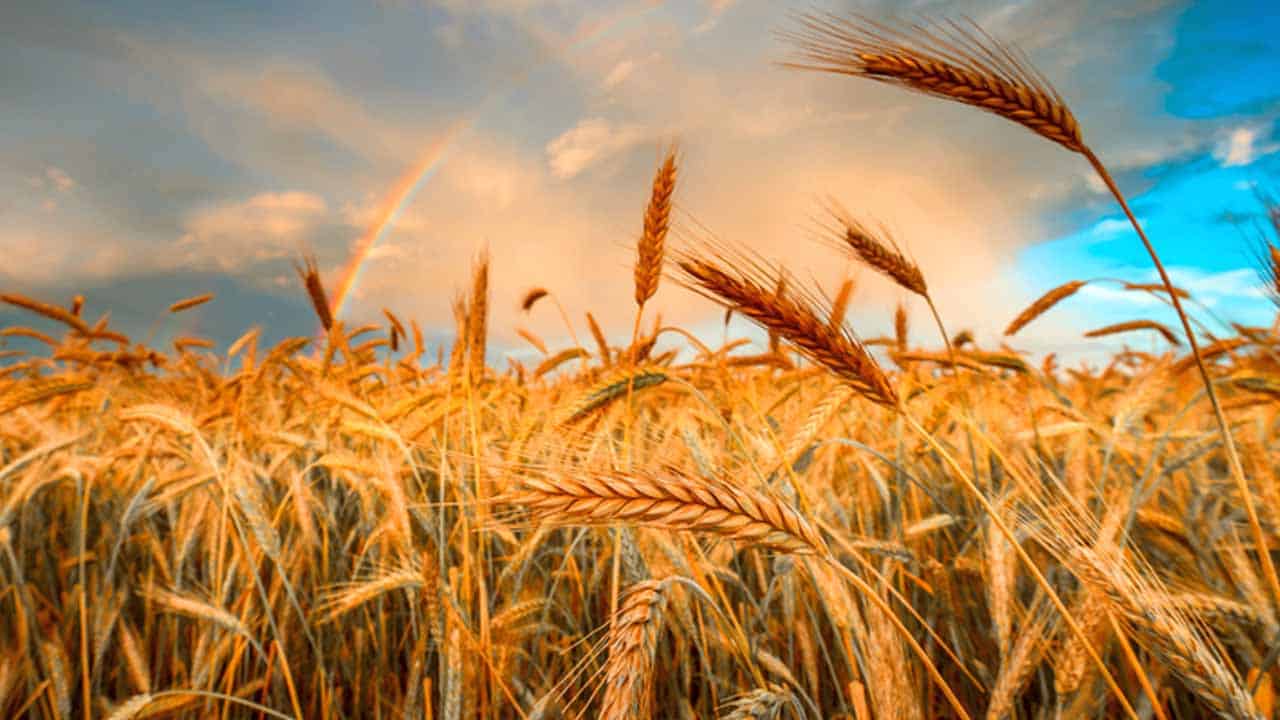
Pakistan exported $5.47M in Wheat. At the same year, Wheat was the 247th most exported product in Pakistan. The main destination of Wheat exports from Pakistan are:
- Vietnam ($5.46M)
- United Arab Emirates ($4.34k)
- Democratic Republic of the Congo ($1.69k)
- Ireland ($208)
- Turkey ($17)
Pakistan is anticipated to import 2.5 million tonnes of wheat in the marketing year 2022-23, an increase from the previous forecast of 2 million tonnes, according to the government’s international procurement intentions.
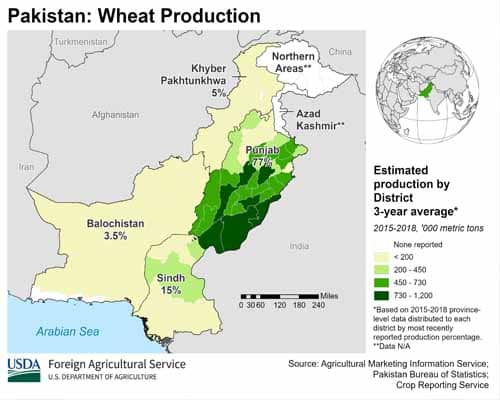
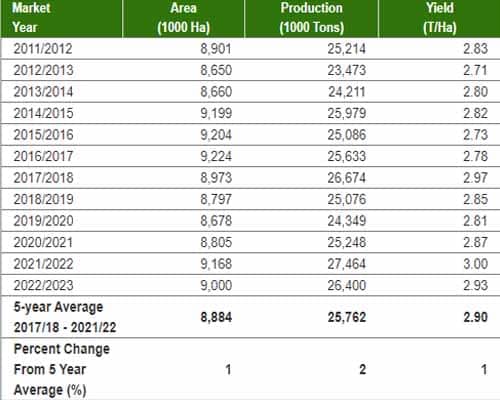
The Pakistani government’s first official assessment for the marketing year 2022-23 (May-April) forecasts wheat production at 26.4 million tonnes, 4% less than last year. In order to replenish strategic reserves, the government has procured about 6.6 million tonnes of wheat from the domestic market, higher than the initial target. This demonstrates the importance of your donation.
Cotton
Pakistan is the 5th largest producer of cotton and 3rd largest consumer /producer of cotton yarn in the world. Cotton is grown on 6.0 million acres by around 1.3 million of the country’s 5 million farmers, or 15% of the total area under cultivation. Cotton Crop generates 5.2 percent of the value added to agriculture and 0.8 percent of the GDP. 51 percent of all foreign exchange profits in the nation are from cotton.
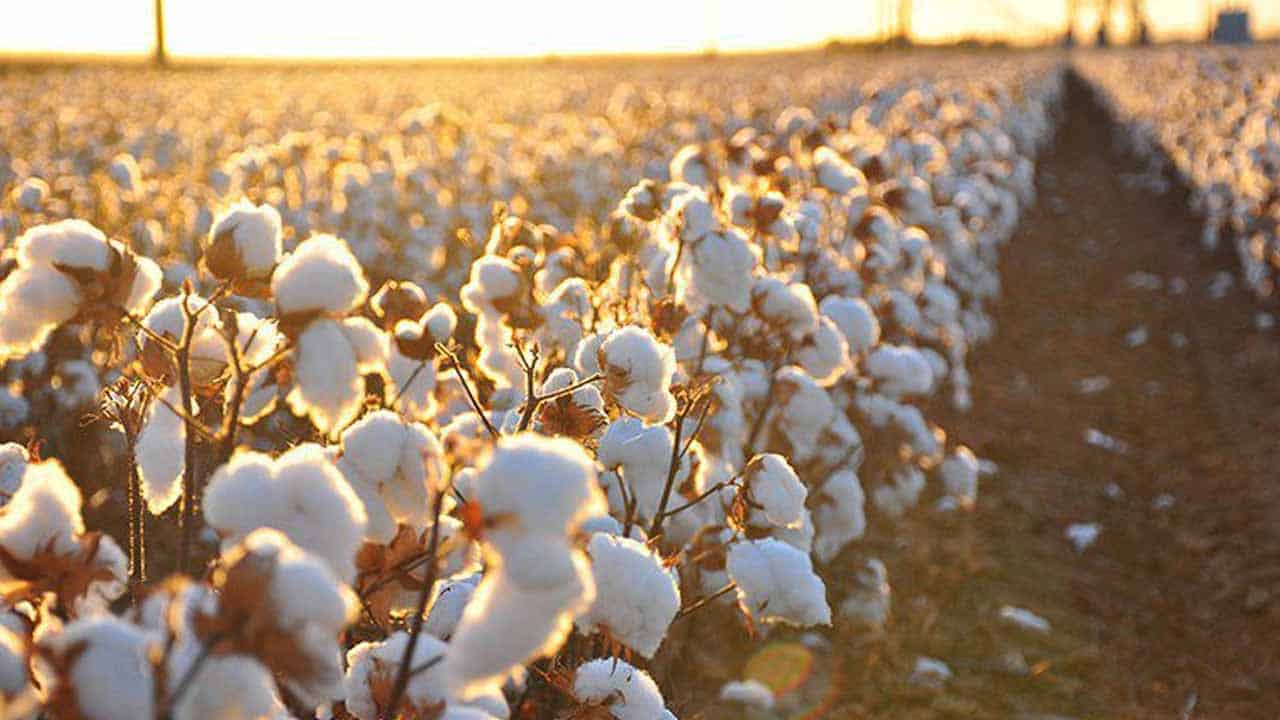
The remarkable growth in cotton production facilitated the emergence of Following:
- Large and vibrant textile industry with over 1000 ginning factories
- 400 textile mills
- 7 million spindles
- 27000 looms in the mill sector
- over 25000 looms in the non-mill sector
- 700 knitwear units
- 4000 garment units
- Nearly1000 ginners
- 5000 oil expellers making cotton industry
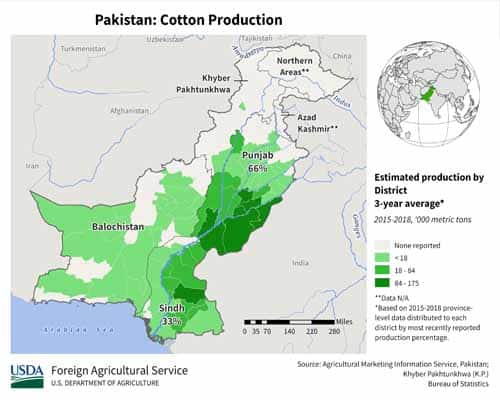
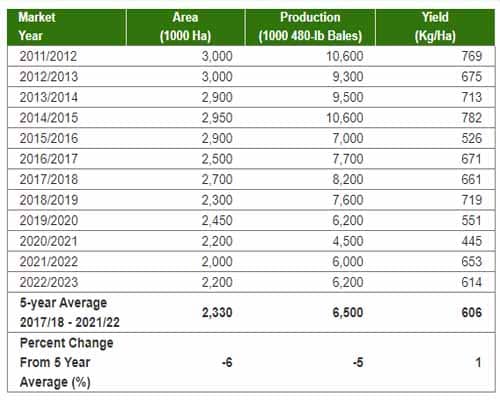
The main destination of Raw Cotton exports from Pakistan are:
- Italy ($5.21M)
- Vietnam ($2.16M)
- Philippines ($1.69M)
- Greece ($1.65M)
- Netherlands ($1.22M)
Pakistan imports Raw Cotton primarily from:
- United States ($735M)
- Brazil ($418M)
- Afghanistan ($114M)
- Tanzania ($80.8M)
- Mexico ($62.2M)
Rice
Pakistan’s record rice crop of 8.9 million tonnes in the 2021-22 marketing year is an increase from the 8.4 million tonnes harvested the prior year, according to a Global Agricultural Information Network report from the Foreign Agricultural Service of the USDA.
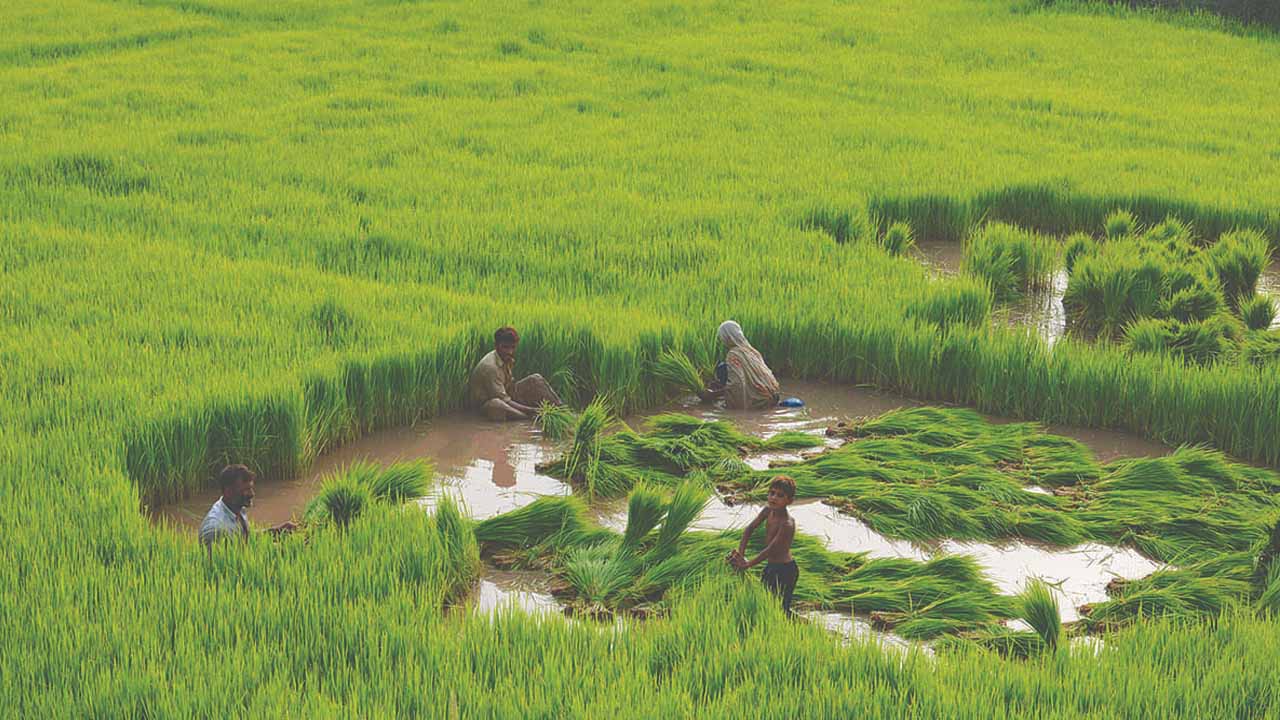
Pakistan is an agriculture based economy. There are two major cropping seasons and rice is one of the main Crop. The largest in terms of Exports. Pakistan have the potential to become the world leaders in this field.
- Crop size of about 7 MMT
- Two varieties: Basmati and non- Basmati
- Pakistan stand 6th largest producer, 4th largest Exporter of Rice in the world
- Pakistan export about 4 MMT
These are the reasons for the record-breaking rice production in Pakistan:
- New, higher-yielding hybrid rice varieties
- Improved agronomic practices
- Increased planting area (as farmers shift out of cotton)
- The Pakistani government’s policy of ensuring growers had adequate inputs, all contributed to the production.
This year’s record production is estimated to add 11 million tonnes to the total available supply.
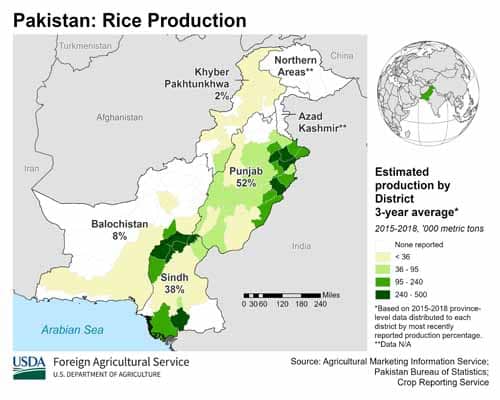
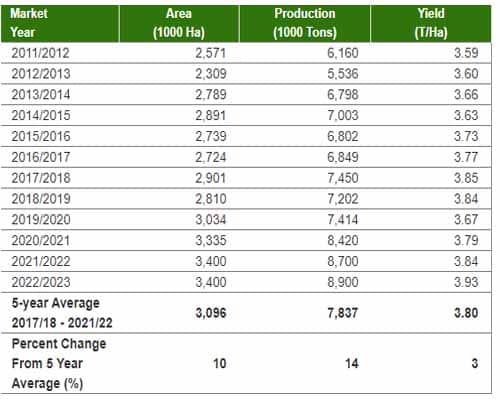
The United States Department of Agriculture (USDA) has announced that Pakistan will have a bumper crop of rice this year, with exportable surplus of 7.3 million tonnes. This is due to increased domestic consumption and will provide an opportunity to significantly increase exports. However, Pakistani rice will continue to face stiff competition from India and other Southeast Asian suppliers.
Sugarcane
Sugarcane is one of the major Crops produced in Pakistan. Approximately 1 million hectares of sugarcane are grown in Pakistan, which is greater than any other nations that cultivate the crop besides Brazil, China, Cuba, India, and Thailand. Only approximately two-thirds of the cane crop is collected each year for centrifugal sugar since cane is also utilized to produce non-centrifugal sugars and seed.
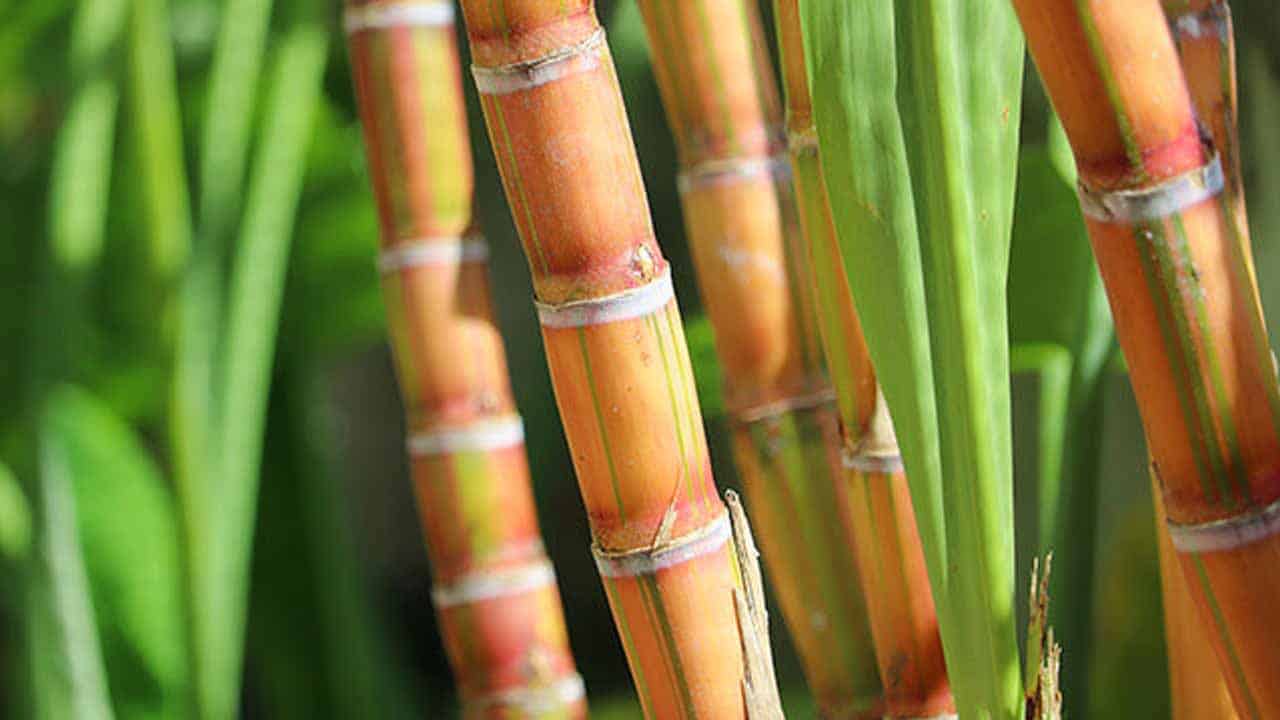
The Punjab Province accounts for approximately 60-65% of the total area under sugarcane cultivation, which amounts to 650,000 hectares. Other significant sugarcane-producing areas in Pakistan include the Sind Province (25-30% of sugarcane land), the Northwest Frontier Province (NWFP, 10%), and Baluchistan (<1%). However, despite accounting for a smaller fraction of total sugarcane land, the Sind Province contributes around 40% of Pakistan’s total sugar production due to higher yields.
Maize
The maize a major crop will be cultivated on 1.330 million hectares of land to meet the local and export needs during the current Kharif season (2022-23).
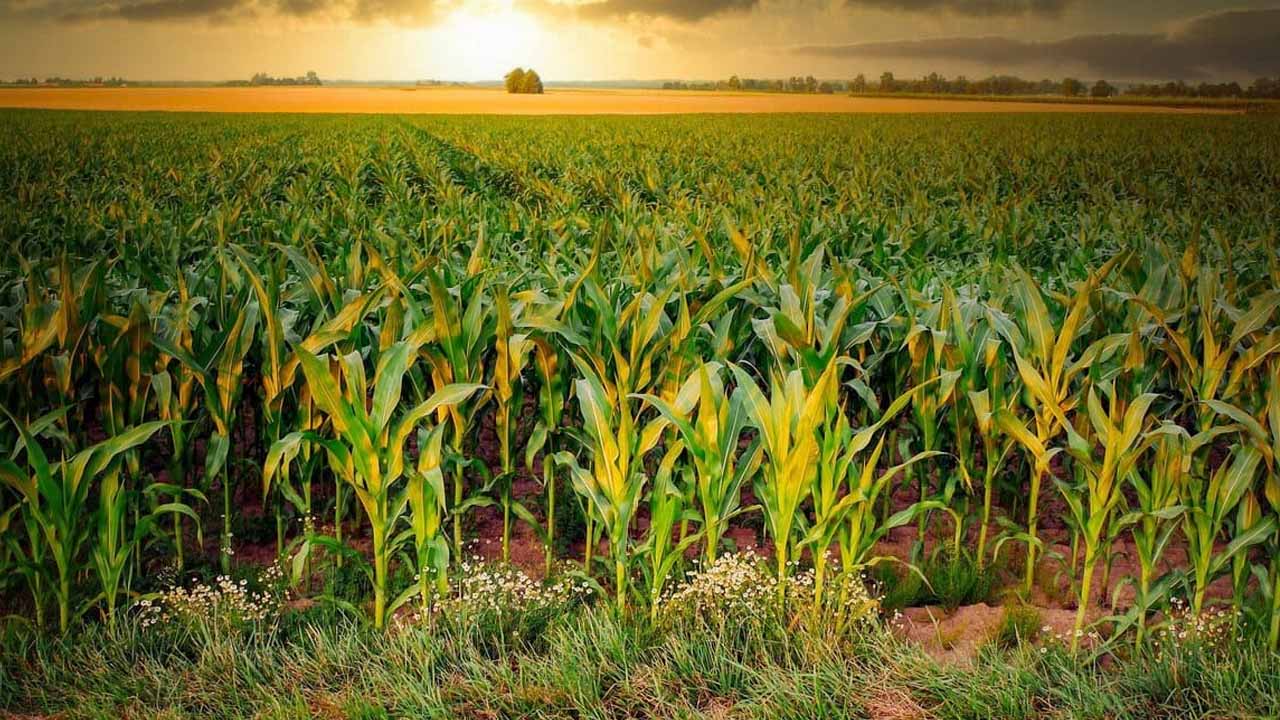
Top export destinations of “Maize (corn).” from Pakistan in 2020:
- Sri Lanka with a share of 8.23% (1.03 million US$)
- Oman with a share of 2.89% (365 thousand US$)
- Afghanistan with a share of 2.05% (259 thousand US$)
- Nepal with a share of 1.63% (207 thousand US$)
- Bangladesh with a share of 1.53% (194 thousand US$)
- Qatar – 101 thousand US$
Top import destination of “Maize (corn).” from Pakistan in 2020:
- USA with a share of 44% (25 million US$)
- Turkey with a share of 5.04% (2.86 million US$)
- Italy with a share of 3.38% (1.91 million US$)
- Brazil with a share of 2.35% (1.33 million US$)
- South Africa – 112 thousand US$
- Australia – 19.6 thousand US$
- Afghanistan – 9.12 thousand US$
The country is dependent on agriculture for its livelihood, as a majority of the population is employed in this sector. The backbone of Pakistani agriculture is major crops, which are the main source of GDP.
